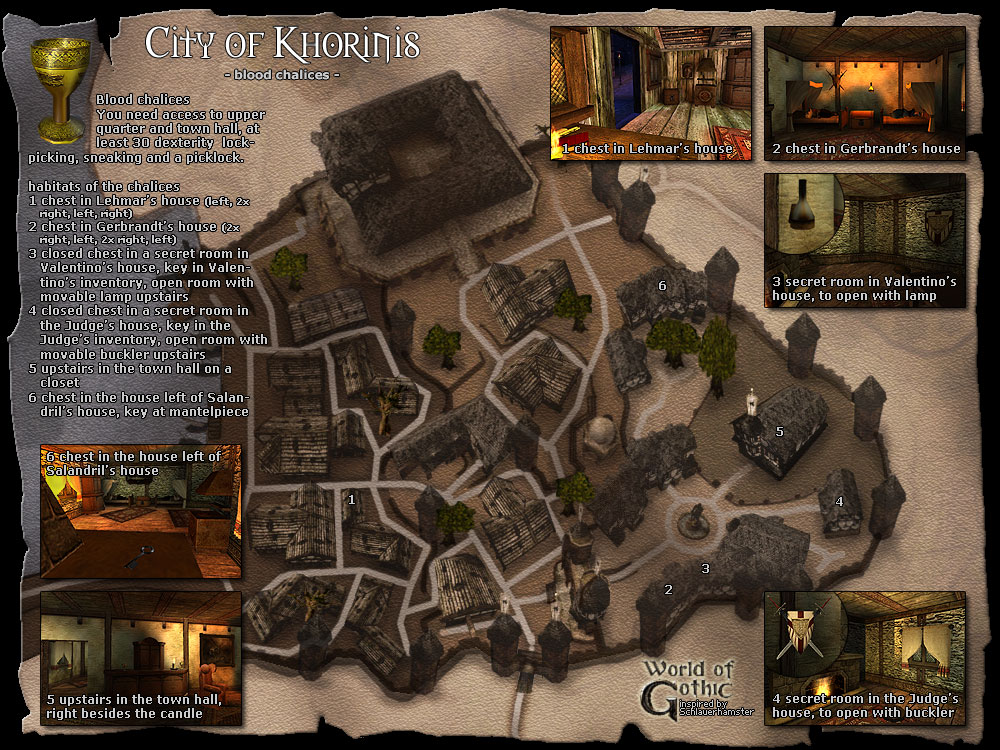
The Jew repaired his broken windows, and the needy plebeian again began to bring along his valuables in the hope of raising money, and there would be laughter and singing and perhaps drinking in the streets, and sombre ecclesiastics would once again begin to mutter at the excessive cordiality, and it would again be true that in no part of the world did such a feeling of friendliness prevail as in Italy between the people and the Jews.

The conclusion will outline how anti-Jewish window violence left an imprint on both cultural life and economic activities (such as glassmaking) in Jewish communities well into the twentieth century. In the specific case of window-smashing, it is important to consider the symbolism as well as the complex function of liminal spaces such as windows in the everyday lives of Jews and Christians. This article argues that assaults committed by Christians against Jews may well be said to form a specific category of violence but to assess and analyse this phenomenon properly, one must take into account the general backdrop of the dynamics of violence – especially urban violence – at the time.

Were these attacks just a matter of Christians letting off steam, as some historians have argued, or were they signs that ‘Jewish life was a perennial struggle for survival’? This question leads into a much larger methodological issue – namely, how historians should approach and frame violence in premodern Christian-Jewish relations. Jewish houses, and especially their apertures, were frequent targets of assault in premodern Europe.


 0 kommentar(er)
0 kommentar(er)
